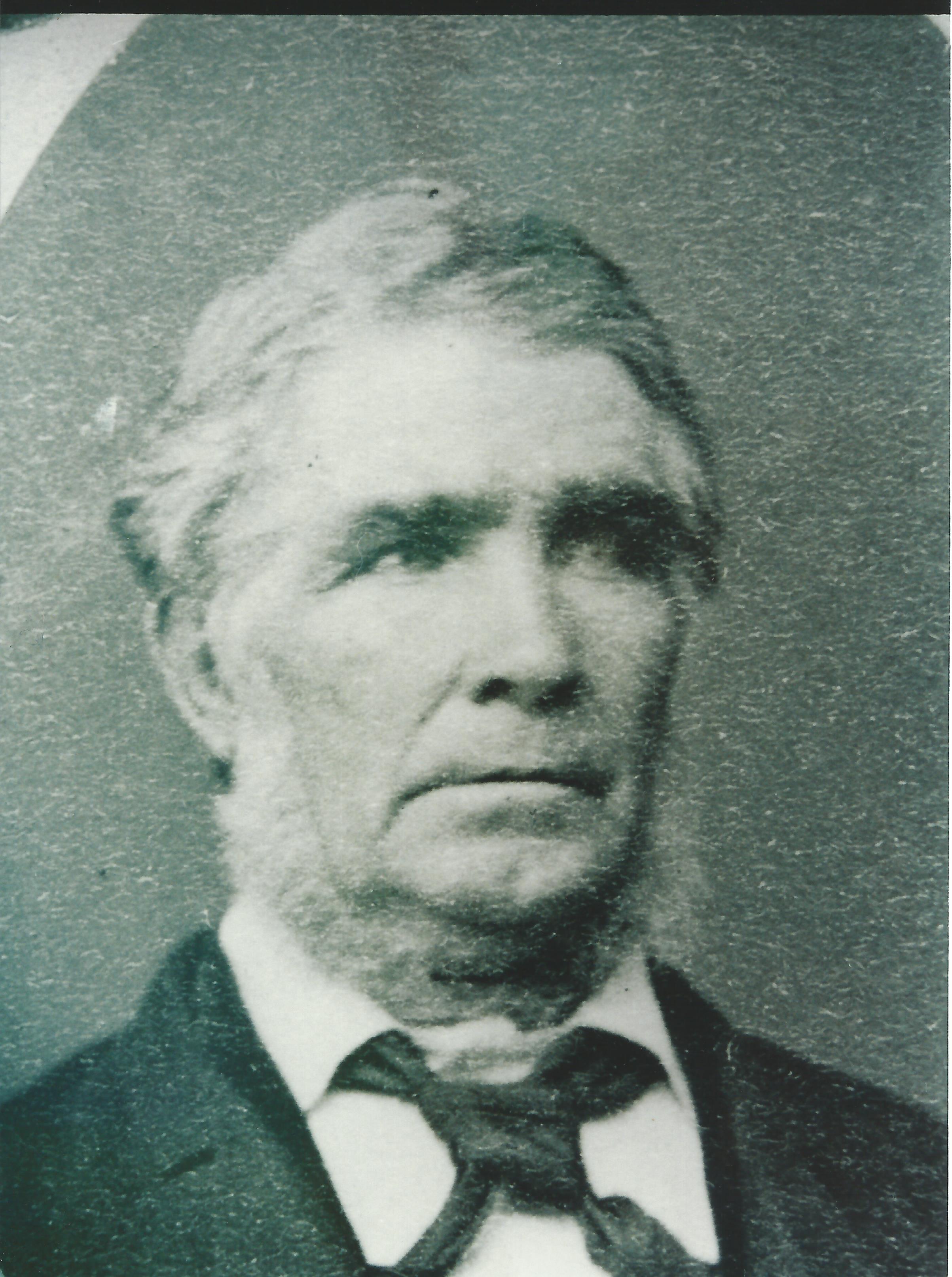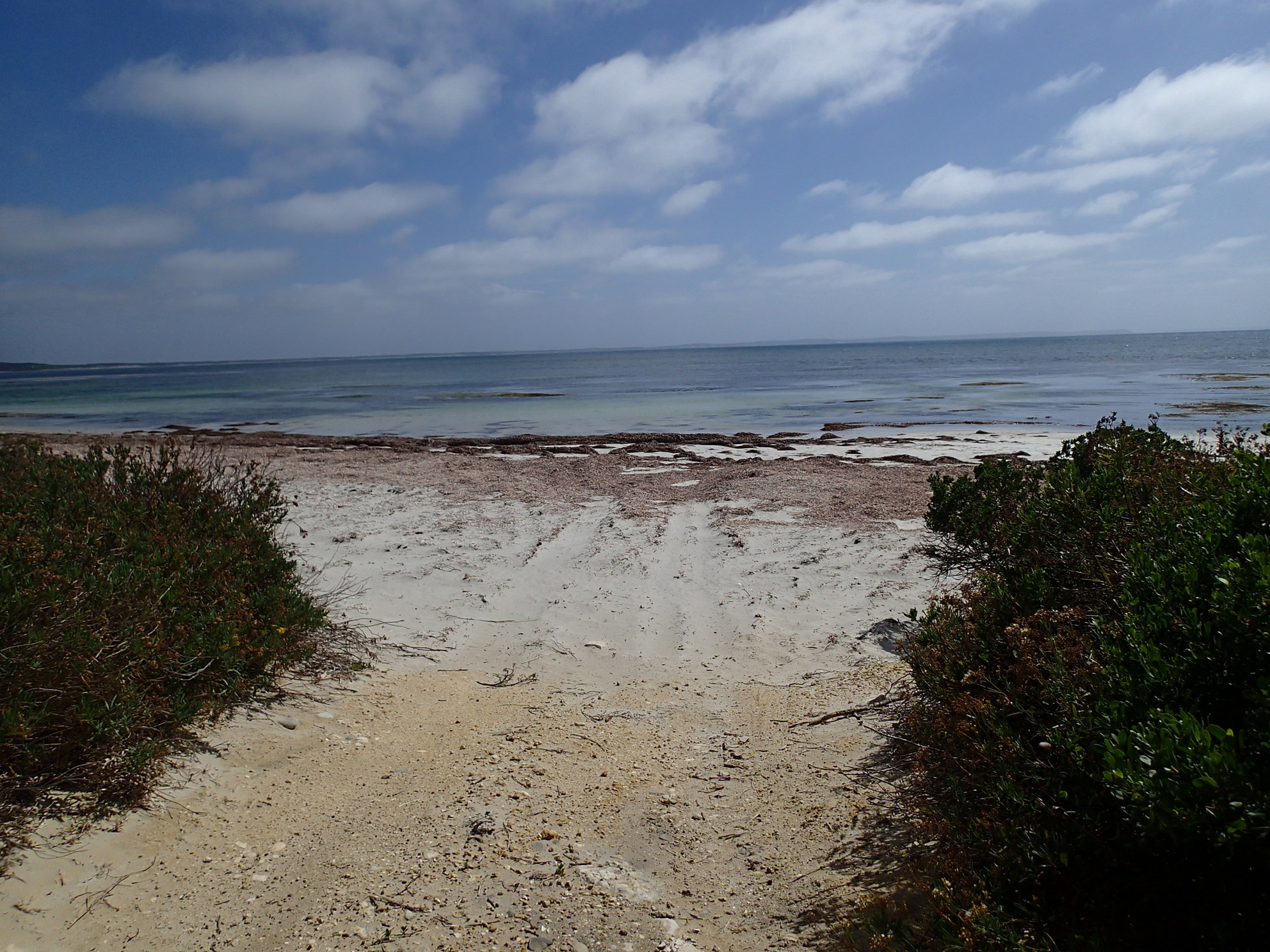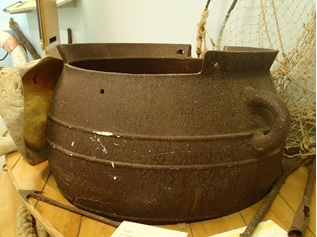D'Estrees Bay Self Guided Drive
Stop 1 - The Second Boat Ramp
In the early years of European settlement in South Australia, among the first goods exported were barrels of whale oil and stiff bales of salted sealskins. The whaling industry at D’Estrees Bay was short-lived- only four years (between 1841 and 1844)- and there are no records of the number of whales caught. The whaling station was operated by Messrs Bennett and MeEwen who targets Sperm and Black (Southern Right) whales.

William Thompson was in charge of the Whaling station in 1843.
The whalers lived in caves in the cliffs along the D’Estrees Bay coast. Point Tinline was one site used as a lookout to sight whales. The whale men gave chase in fast clinker built, cedar boats that were about ten meters in length. Once a whale was secured it was towed back to the shore for boiling down or "trying out”. The whale was hauled ashore up a timber ramp or into a natural store platform where the "cutting in” took place.
The second boat ramp was an ideal location for bringing the whale ashore. The whalemen would light a fire in a small oblong bath, 70cm by 500cm by 50cm deep cut into the solid limestone rock at the top of the cliff face on Point Tinline. This would act as a beacon so the whalemen would know where to bring the whale ashore and they would not get lost at sea.

The blubber removed was thrown into a large iron "try-pot” in which the oil was extracted by heating. Try-pots were originally fuelled by wood but as the process progressed the "scraps” of tried out blubber and other material were used as fuel.
The oil was transported to American River in bullock wagons to the site known as Hart Landing for export.
As the number of whales in the area reduced, they were less common in D’Estrees Bay. As a result the whalemen had to travel further to capture their whale. When a whale was captured, it would be taken to the nearest location along the coast that was suitable for bring the whale ashore. The try-pot was then transported to the whale for oil extraction.
There are few traces today of the whaling industry. Try-pots and other relics were removed decades ago.

Try-pot currently at the Penneshaw Museum
Whales and Dolphins
Whales and dolphins are now protected in Australia and whale products cannot be imported into the country. Today Humpback Whales and Southern Right Whales are making a slow but encouraging recovery.
Between May and October you could be in the right place at the right time and glimpse the tail of a Southern Right Whale rising from the oceans surface, before splashing to the depths below. These whales migrate from the Antarctic to the warmer southern Australia coastal waters to give birth and mate. During this season they fast and feed again on krill when the return south.
